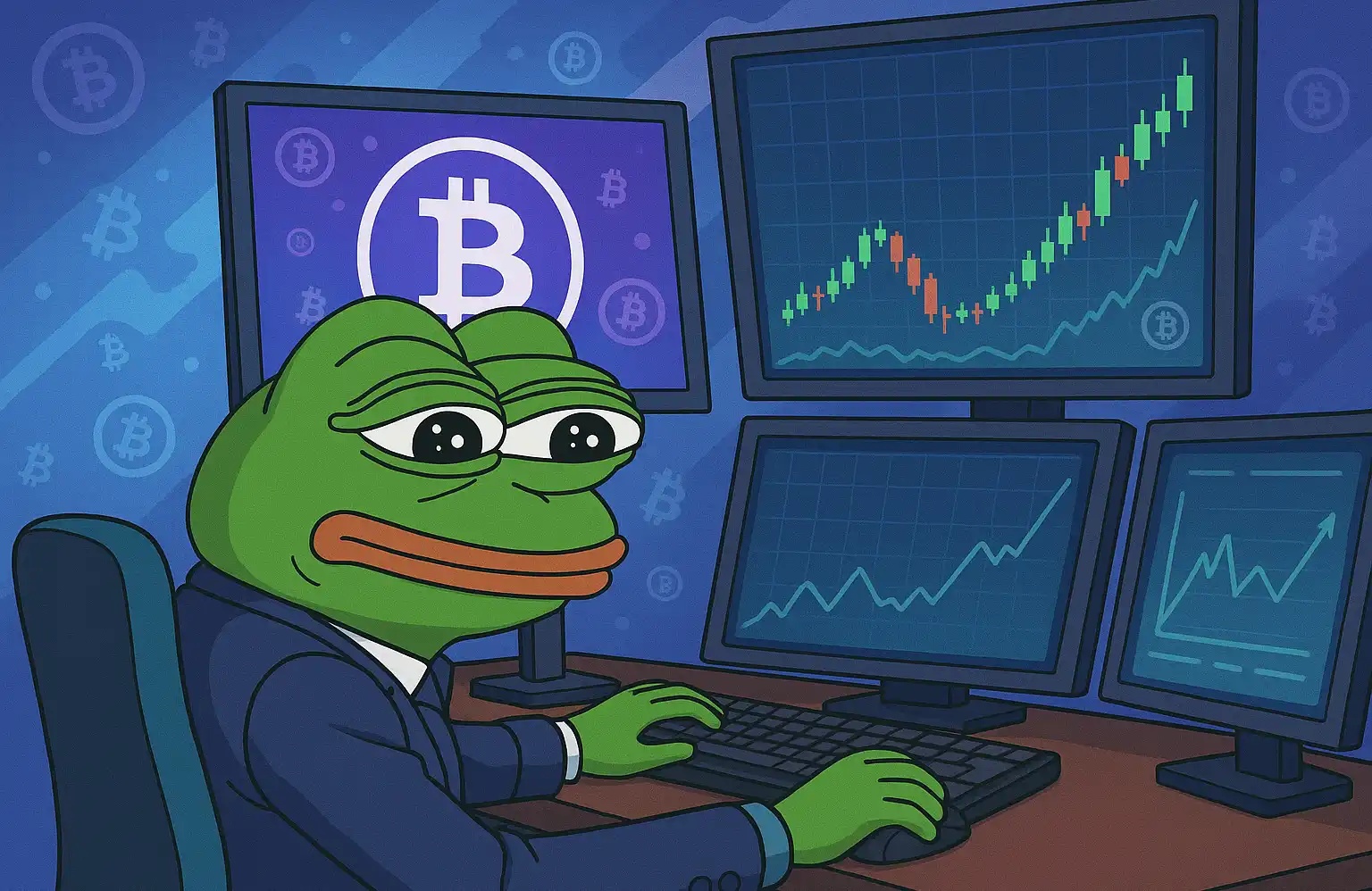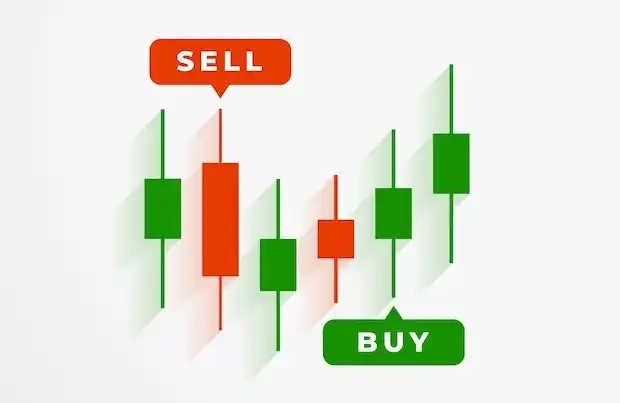Is ownership real in the Web3 economy?
Writing:0x76
Many of the current mainstream narratives hold that Web3 products, built on blockchain technology, can issue tokens to give users true ownership of their assets. For example, blockchain games can change the game assets in traditional games from hosting by game companies to holding by players themselves; NFTS, on the other hand, give creators real ownership of their work and can be better incentivized accordingly.
Indeed, blockchain technology solves the custodian problem of traditional assets. However, without the help of centralized institutions, the construction of ownership on the chain actually encountered more problems, which on the one hand led to the infringement of users' rights and interests, and on the other hand provided operational space for some project parties to carry out regulatory arbitrage.
Therefore, this article will focus on the fundamentals of the ownership economy, exploring which tokens really represent asset ownership and which tokens are more centrally trusted assets than traditional Web2.
Holding a token is not the same as owning an asset
Many people habitually equate holding a token with acquiring ownership of an asset. For example, holding a governance token for a project is like gaining ownership of the project; Owning the NFT of a chain game gives you ownership of the equipment in that game.
However, tokens are not naturally equivalent to assets. In many cases, tokens, like the modern Chinese concept of "ticket", are simply a common medium that can be used to carry different kinds of assets. As it is used to carry different rights and obligations, this universal medium evolves into a specific asset class.
The specific rights attached to the token are therefore central to determining what kind of asset it is. The simple narrative in the current market that holding a token is equivalent to giving the user ownership of something is misleading.
The value of a concert ticket depends not on the beautifully printed piece of paper in your hand, but on the organizer's promise to deliver a show in the future; A bank certificate of deposit is valuable not because of the piece of paper in your hand with the bank's stamp on it, but because of the obligation to repay the principal and interest after a certain time.
And if they don't follow through on their commitments to deliver performances or cash in accordance with the contracts they made at the time, the legal system will make it even more costly. This is actually the reason why most rights can be established, is that when the right is violated, there are corresponding violent institutions to provide relief services for the violated people.
Just because you unilaterally declare or define a right, it does exist. All rights without remedy are essentially a piece of paper, and inevitably will not be respected by others. This is what we often say: A right without remedy is not right.
Therefore, without effective protection of the rights related to the asset, it is difficult to say that the user really obtains the ownership of the asset.
Which tokens actually have title to the asset?
In the following, we'll look at a few typical on-chain asset classes to see which ones are truly tokens that represent ownership, and which are just carefully packaged, centralized assets.
Governance tokens,
Although the Web3 project does not exist as a corporation, the governance tokens it issues are often equated with certificates of ownership for the Web3 project. However, the reality is that many governance tokens are very different from stocks. This difference is mainly reflected in two aspects:
One is the difference in the scope of governance. The corporate stock represents the right of governance, often can directly or indirectly to personnel, finance and other matters to make a resolution. Many Web3 projects, on the other hand, have "limited" governance rights, which can vote to change the parameters of some agreements, but do not prevent the project parties from transferring money from the project coffers.
The second is the difference in the implementation process. Although the holder of the governance token can make a decision on the motion, the implementation of the decision still depends on the initiative of the project team. But if the project parties do not actually meet their obligations, there is often little that the holders of the governance tokens can do.
Therefore, to judge whether the governance token can really represent the ownership of Web3 project, at least two conditions need to be met: first, the governance right can not be restricted, any governance right that can not decide the way of using the protocol Treasury can be approximately regarded as false governance right; Second, the resolution passed by the governance can be automatically executed on the chain.
Although it is very difficult to require all the on-chain governance, in view of the current implementation process of governance is difficult to obtain the protection of the judicial system, so the governance right of off-chain execution is in fact in a state of unregulated streaking. According to the principle of "no remedy, no right", this kind of right lacking effective remedy means is often difficult to be protected.
Therefore, only in terms of the strength of the trust assumption, governance tokens that cannot implement governance on the chain at present tend to have a higher risk of centralization than corporate stocks with legal protection.
However, although the difficulty is relatively high, there are still many Web3 projects that can rely on comprehensive on-chain governance to achieve decentralized governance.
The most typical case comes from the domain of DeFi. Taking Compound as an example, its governance process basically realized the whole chain governance. As you can see in the screenshot below, the Compound governance proposal used for voting is not in literal form, but in code that can be executed directly by the computer. Once approved, the governance contract is automatically deployed based on the logic already written.
This pure on-chain governance process eliminates the trust assumption on the team to strictly implement the voting results and achieves a true sense of distrust. Therefore, the holders of such governance tokens are truly part owners of the project.

The game is equipped with
Similar to governance tokens, many chain game NFTS solve the hosting problem of game equipment in traditional games, but for the use of these NFTS in games, it still needs to rely on the project side to run the centralized server to provide protection.
Therefore, whether the NFT of chain games really represents the ownership of assets can be summarized as two key indicators: first, whether these NFTS are hosted by the game operator; The second is whether the core logic of the game is on the chain.
Most of the first chain games will meet the requirements, even if some NFTS are hosted while participating in the game, users can still extract the NFTS onto the chain at any time.
But even more crucial is the second. At present, many chain games due to the underlying public chain performance limitations, have to run the core logic of the game in the chain server. In this case, once the project side changes the relevant code or even stops service and runs away, the game function of user assets will be zero overnight. Therefore, it is difficult for a game with this architecture to give the user real ownership of the game equipment through NFT.
And want to completely solve this problem, not only need the active cooperation of the chain tour development team, but also the key is that the performance of the underlying public chain can be greatly improved. The good news is that there are already a number of expansion programs, such as StarkNet and Arweave, that are trying to create "full-chain games" that will have all of the game's logic on the chain. If this direction works in the future, it will really solve the problem of players not being able to own game assets.
Financial assets
Financial assets are arguably the most successful category for user ownership. Because creditor's rights in financial assets can be programmed intelligently and easily, such creditor's rights certificates can be detrusted to the greatest extent, and the ownership of users can be well protected without relying on the off-chain judicial system.
Typical tokens include Compound issued cToken, Aave aToken, and Uniswap LP Token (version V2) or LP NFT (version V3). Holders of these tokens, which represent financial claims, can redeem their assets at any time from the underlying contract vault in an agreed amount. Neither the project parties need to be expected to keep their promises, nor does the off-chain justice system need to provide relief.
In addition, the centralized stablecoin, represented by the USDT and USDC, does not address the custody of assets and relies on strong trust assumptions (trust in the custodian and trust that the US government will not seize the custody account). However, as the trust subjects involved, such as Circle and Tether, have accepted the supervision and protection of the off-chain judicial system to a certain extent, the user's custody assets are within the scope of supervision to a certain extent, and the user's asset ownership is relatively well protected by traditional methods.
"Chain change" assets
These asset classes are all built by native blockchain teams, but the last two bear markets have also seen a number of so-called "chain change" projects. The construction method of such projects can basically be summarized as linking the certificates of the assets under the chain (not the real assets). At the same time, the corresponding rights of these assets also need to rely on the traditional judicial system to protect, and of course, it is impossible to achieve complete distrust.
Therefore, to judge whether this kind of chain reform token can really give users ownership, it is not only by analyzing the so-called token economy, but also to see whether their rights can be effectively protected by the judicial system under the chain. So this kind of project, while issuing tokens, is probably more appropriately classified as a Web2 project for its substance.
Beware of conceptual or regulatory arbitrage
The main reason why a lot of space has been devoted to the concept of ownership is that in previous bull markets there has been so much conceptual or regulatory arbitrage through the concept of ownership.
Looking back over the past two years, it can be found that many projects issued governance tokens often only have limited governance authority (not to manage the money), but the secondary market is still not shy to hype them according to the valuation standard of the stock.
The various GameFi games that feature the X2E concept also rely on centralized servers to run the game's core logic. While making money by issuing tokens and NFTS under the guise of giving users ownership, you are in control of life and death in the game world. It can not only modify the game rules at will, but also transfer the project funds without restriction. It can be said that the advantages of Web3 (no supervision) and the characteristics of Web2 (centralization) are perfectly combined, and the interests of the project parties are maximized.
All of this can be classed as classic regulatory arbitrage.
When we build a Web3 projects, its core purpose on assets should not be a simple chain or issuing, but hope that through block chain technology better resolve before is difficult to solve the problem of trust, thus increasing the parties of the trust degree, reduce the cost of building trust, these are the root cause of the Web3 projects can improve efficiency.
Tokens issued on the chain are not necessarily decentralized assets, and may even be unregulated Web2 assets wrapped in Web3 for regulatory arbitrage.
If we only focus on the design of the token economy instead of increasing credit, it will not only easily cause financial bubbles, but also fail to deliver an asset class that truly represents ownership to users, and the ownership economy of Web3 is even more impossible to talk about.

Welcome to join the official BlockBeats community:
Telegram Subscription Group: https://t.me/theblockbeats
Telegram Discussion Group: https://t.me/BlockBeats_App
Official Twitter Account: https://twitter.com/BlockBeatsAsia


 Forum
Forum Finance
Finance
 Specials
Specials
 On-chain Eco
On-chain Eco
 Entry
Entry
 Podcasts
Podcasts
 Activities
Activities
 OPRR
OPRR









